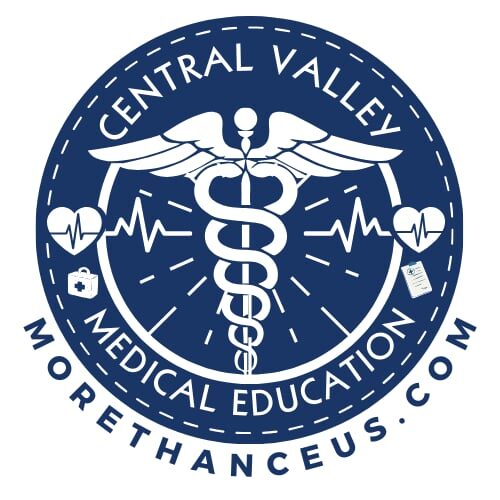Recap of Key Points
As we conclude this course, it’s essential to reflect on the critical knowledge and skills gained throughout each lesson. Needlestick and sharps injuries are preventable, but only when healthcare professionals apply consistent safety practices, understand their rights and responsibilities, and foster a culture where injury prevention is part of every action — not an afterthought.
Below is a lesson-by-lesson recap of the key takeaways from this course:
🩸 Lesson 1: Introduction & Epidemiology
- Needlestick injuries affect hundreds of thousands of U.S. healthcare workers annually.
- These injuries pose serious risks, including HIV, HBV, and HCV transmission.
- High-risk environments include emergency rooms, ICUs, ambulances, and outpatient clinics.
- Underreporting is common but dangerous — all injuries must be reported.
🧰 Lesson 2: OSHA Guidelines & Safe Device Use
- OSHA’s Bloodborne Pathogens Standard (29 CFR 1910.1030) is federally mandated.
- Facilities must implement exposure control plans, training, PPE, and sharps logs.
- Safety-engineered sharps and needleless systems are essential and legally required.
- Proper placement and use of sharps containers drastically reduce risk.
🛡️ Lesson 3: Prevention Strategies
- Unsafe habits like recapping, pocket-carrying, and open needle storage lead to injury.
- Situational awareness and environmental design play critical roles in prevention.
- Everyone shares responsibility for upholding safety culture and stopping shortcuts.
- Accountability, clear communication, and peer correction help keep teams safe.
🩺 Lesson 4: Post-Exposure Protocols
- Immediate action includes washing, reporting, and seeking triage — within 1 hour.
- Post-exposure prophylaxis (PEP) for HIV must be started within 72 hours.
- Serial testing for HIV, HBV, and HCV is conducted over 6 months.
- Facilities must provide confidential support, psychological care, and follow-up.
✅ Your Role Moving Forward
- Know your facility’s policies on sharps handling and exposure reporting.
- Lead by example in following safe disposal and handling practices.
- Speak up — protect your team, your patients, and yourself.
- Apply what you’ve learned today every time you pick up a sharp.
🎯 Final Thought:
Safety is not just about compliance — it’s about conscious clinical behavior, team accountability, and a shared commitment to protecting those who care for others.
You now have the knowledge and tools to reduce risk, respond to incidents, and promote a safer work environment for yourself and your colleagues.
